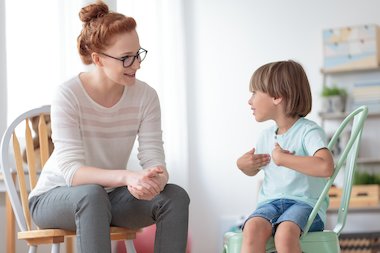Mental health in primary schools
- Recommended
Add to My Folder
The decline of mental health in primary schools is becoming more and more evident in the classrooms. Over the past three years, there’s been a near 50% increase in referrals to child health services from children aged 11 and under. But some children are on a waiting list for years before being offered help.

Over the course of their education, children spend over 7,800 hours at school. With such a huge amount of time spent in the classroom, schools provide an ideal environment for promoting good emotional wellbeing and identifying early behaviour changes and signs of emotional distress. The social and emotional skills, knowledge and behaviours that young people learn in the classroom can help them to build resilience and set the pattern for how they will manage their mental health throughout their lives.
What is mental health?
Mental health is sometimes seen as a negative, but everyone has mental health. The figure below shows the spectrum of mental health in children and adults. It is shaped by a complex relationship between genetic make-up, external risks jeopardising their social and emotional development, and protective factors that shield them from these risks. Risks come in many forms. They can be linked to differences in a child’s temperament (for example, being more emotionally placid or more volatile), as well as the result of exposure to harmful experiences, environments or events within the family, friendships, school, community, or more broadly in society (e.g. through discrimination, poverty, homelessness etc).
Already a member? Sign in below.
Published 27 January 2020
Reviews
You need to be signed in to place a review.



